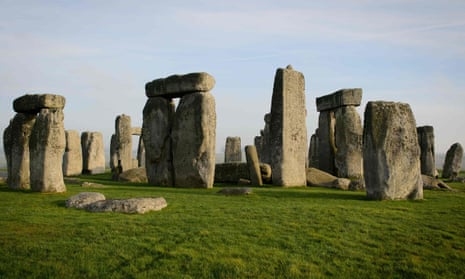Malcolm Reading (Letters, 12 February) tells us that it is fanciful to assign Stonehenge as the inspiration of the architect John Wood’s Circus in Bath and that Rome and Athens are the more likely models.
John Wood, I have to tell him, would be mortified. His dissertation called The Origin of Building, in five volumes, is subtitled The Plagiarism of the Heathens. Far from admiring the architecture of Greece and Rome, he regarded it as being stolen from Jewish architecture, as dictated to Moses by God, and then corrupted. He even says how, in Rome, temples were not properly sited or laid out – the rules of architecture were broken. He was more kindly disposed towards the Greeks, partly because his great hero, Bladud, legendary founder of Bath, built temples there.
Wood, however, made what is still one of the best surveys of Stonehenge ever carried out, in 1740. He considered that it was part of what he called the Great School of Learning for Druids, and was where their priests performed divine offices. The acorns around the Circus are a reference to the Oakmen, or Druids, one of whom appears on his coat of arms.
The Circus represents the coming together of the many threads which made up Wood’s philosophy – and that includes Stonehenge.
Kirsten Elliott
Bath
Phil Turner (Letters, 12 February) suggests a new road at Stonehenge could go through the military training area. Unfortunately for this plan, the military areas of Salisbury Plain are an astounding wildlife haven, with 20,000 hectares of SSSIs.
The “defence training estate” there contains the largest remaining area of chalk grassland in north-west Europe, which forms 41% of Britain’s remaining area of chalk grassland. The military training itself contributes – tank movements cause temporary pools which are ideal for the declining fairy shrimp, a vulnerable species on the IUCN Red List.
A road through these riches would be just about as controversial as the tunnel under Stonehenge.
Emma Tristram
Binsted, Hampshire
Join the debate – email guardian.letters@theguardian.com
Read more Guardian letters – click here to visit gu.com/letters
